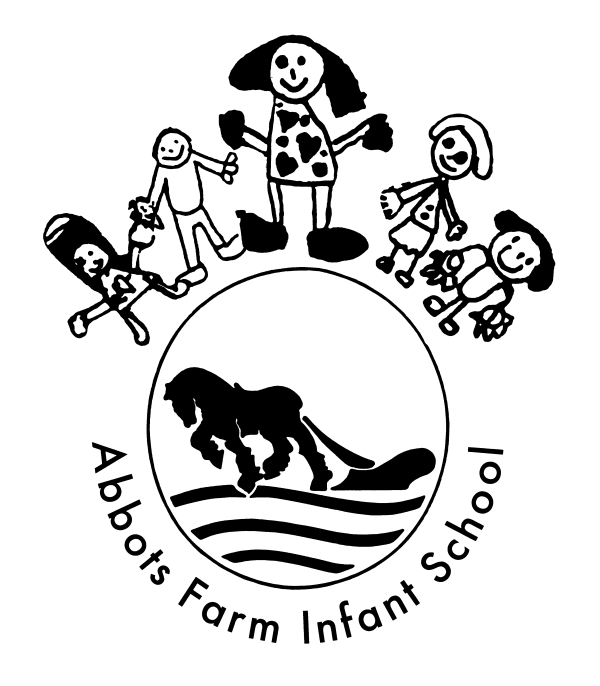Art and Design
Intent
At Abbots Farm Infant School we aim to promote a love of art and creativity, giving our children the opportunities to explore and develop their skills. We believe that Art should be a stimulating and enjoyable experience for all children, allowing them to express themselves through a piece of artwork, which has been produced individually or collaboratively.
During the three years our children are with us, they will have the opportunity to engage in a variety of art forms including drawing, painting, collage, textiles, sculpture and printing. In addition to this we want our children to be able to take their inspiration from great artists to generate their own ideas and creativity.
We offer a structure and sequence of lessons to ensure that children have covered the skills required to meet the aims of the national curriculum. Children have the opportunity to explore their ideas and record their experiences in their sketch books, as well as exploring the work of others and evaluate different creative ideas. Children will become confident and proficient in a variety of techniques including drawing, painting, sculpting, as well as other selected craft skills, e.g. collage, printing, weaving and patterns.
Implementation
Our Art curriculum is based on the National Curriculum’s aims and objectives, and uses an artist and their work as a stimulus. The learning opportunities, technical vocabulary and skills progression for each year group will ensure progression and repetition in terms of embedding key learning, knowledge and skills.
We aim to achieve this by:
- Learning about a range of artists and their media/techniques
- Providing opportunities for all children to practise skills and techniques in their sketch books during continuous provision.
- Linking Art to other curriculum area.
- Encouraging children to talk about both their own works and that of artists and say what the like and why – thus developing an appreciation of the work of great artists
- Learning about different techniques for example shading, hatching, stippling and blending and using these to add detail to their artwork.
- Explore different materials, including malleable materials like clay and a range of tools to add texture.
- Develop art vocabulary through use of common words and phrases relating to pieces of art.
Impact
We strive to ensure that our children’s attainment is in line with or exceeds their potential when we consider the varied starting points of all our children.
We measure the impact of our curriculum through the following methods:
- Discussions with children about their learning (pupil voice) – are children happy, engaged, motivated to do well and challenged within the subject. Are children able to clearly express their opinions about Art? Do the children know the names of professional artists and their work?
- Coaching with teacher focusing on children’s work in sketchbooks and photo evidence and images of the children’s art elsewhere (particularly in EYFS).
- Coaching with teachers focusing on planning to ensure that all classes have a consistent coverage of the curriculum.
- Coaching with teachers in lessons to continuously improve our teaching of the art curriculum.
- All coaching provides opportunities for professional dialogue between teachers and art lead which is reflective.
- Sketchbooks – do they show a clear learning journey, progression of skills and opportunities to revisit and evaluate work?
